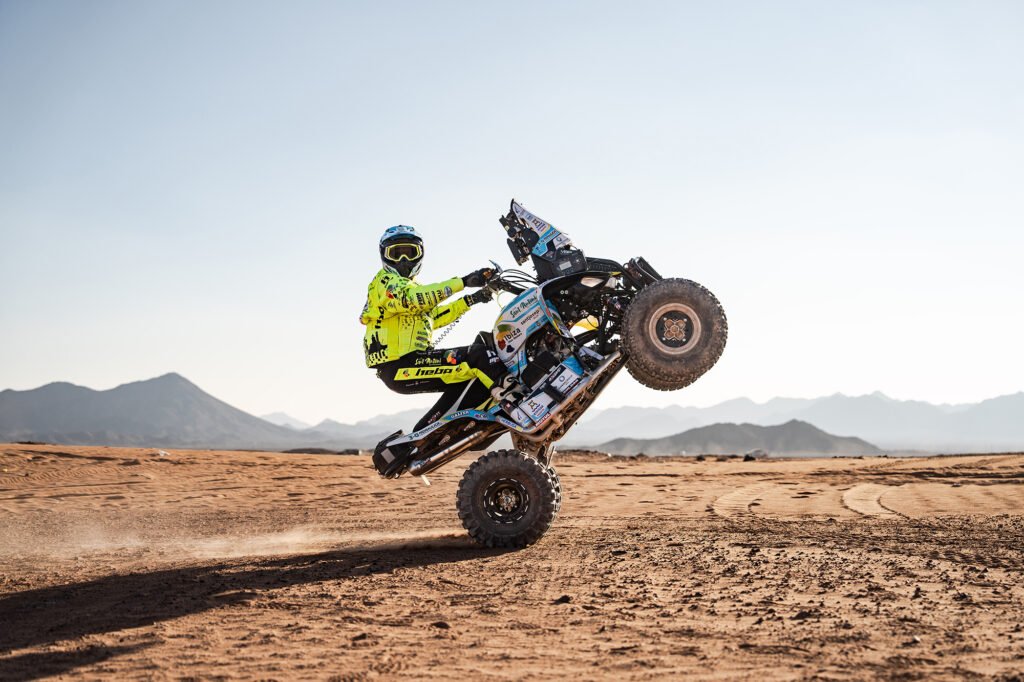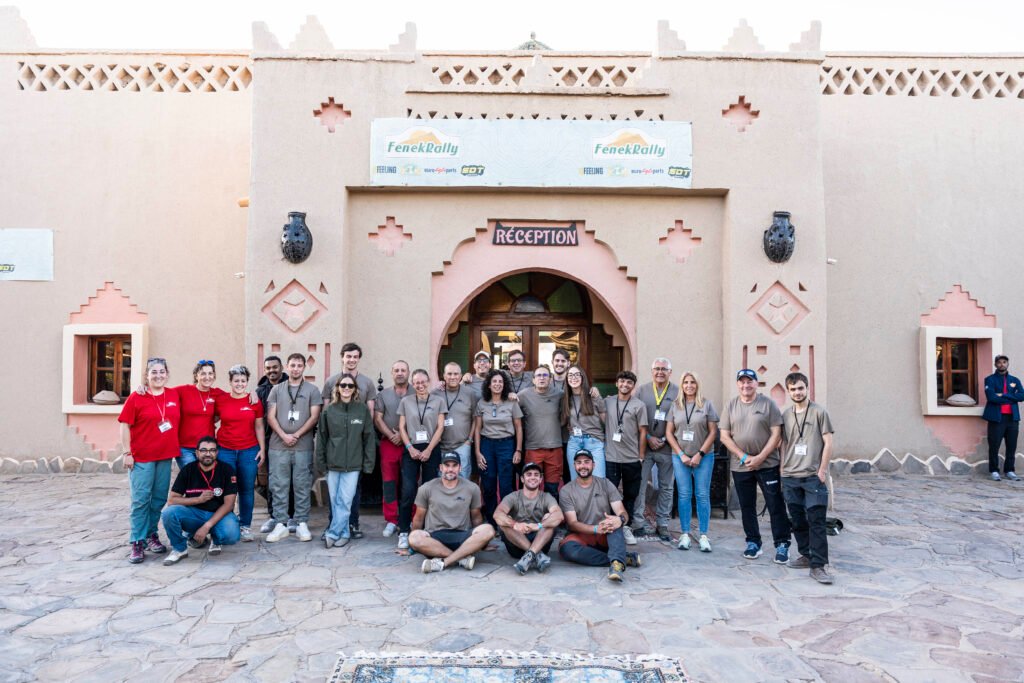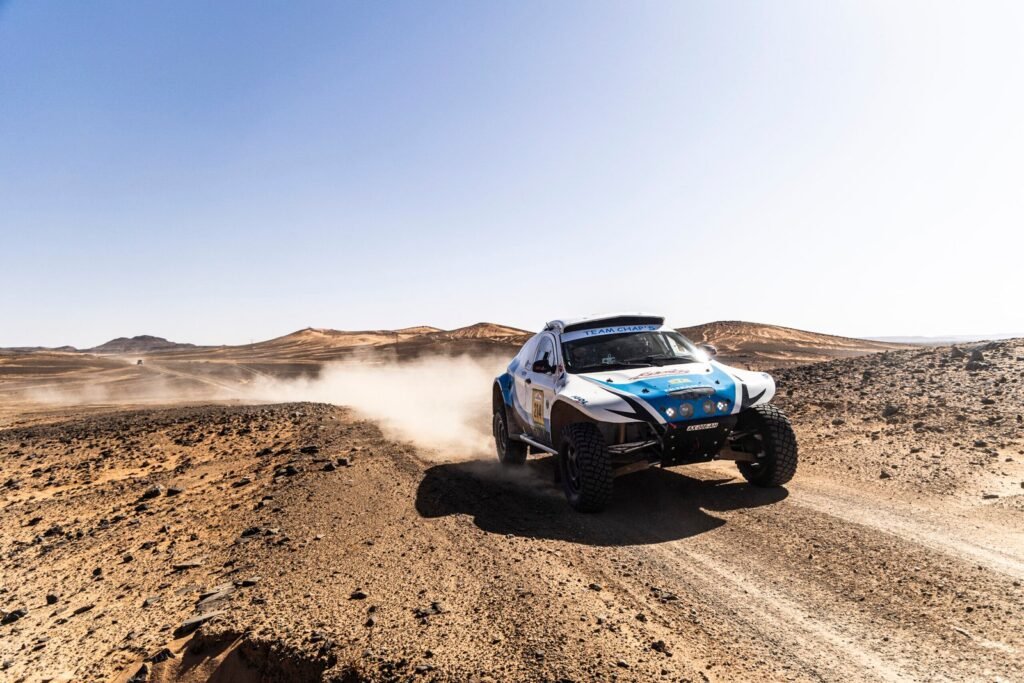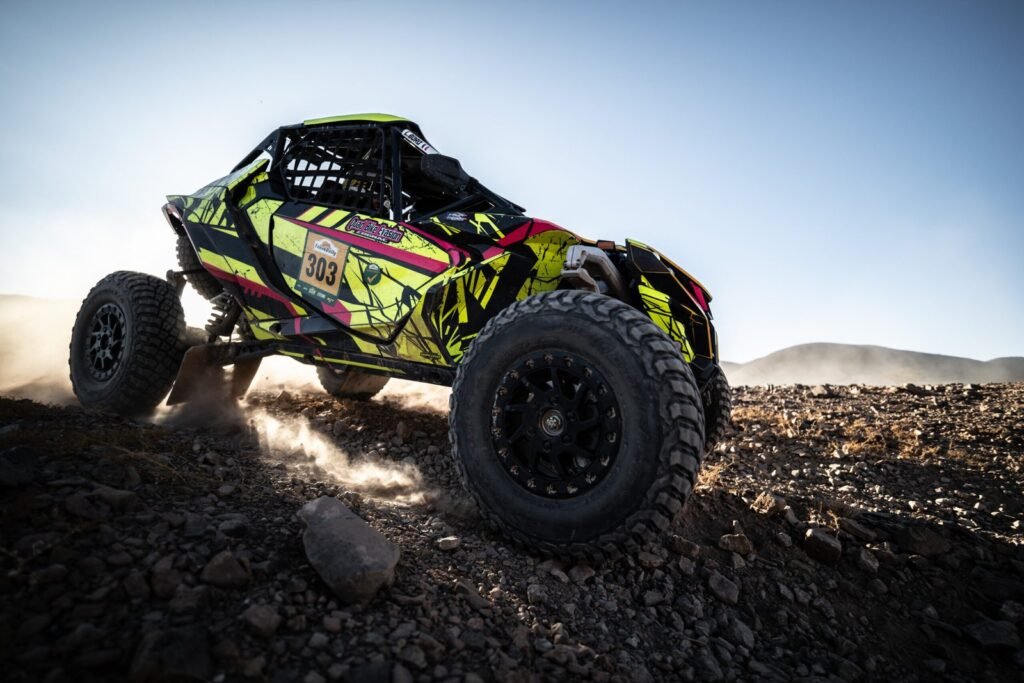Experience, technique, and determination: the Spanish driver gets ready to face the Moroccan desert.
His name stands out among the brightest in the Spanish and international off-road scene. Originally from Ibiza and with a background in industrial engineering, Toni Vingut Riggall has built a career across motocross, quadcross, and rally-raid, taking part in numerous editions of the Dakar. In November 2025, he will be on the starting line of the FenekRally, most likely (though not yet confirmed) behind the wheel of a Yamaha YXZ1000R SSV, determined to test himself in a technical, extreme, and fascinating environment like the Moroccan desert.
We sat down with him to learn more about his story, his challenges, and what this new adventure means to him.

Toni, when did your passion for motorsports and off-road begin?
Since I was a child, when I first felt the freedom of riding a bike without training wheels. That moment of balance and speed was my first taste of a unique emotion. Growing up near a motocross track, I was captivated by the adrenaline of racing and the technical skills involved. After years dedicated to quadcross—a discipline that shaped me both physically and mentally—I also raced jet skis and took part in Bajas and Cross-Country Rallies. Today, transitioning to SSVs is a new challenge, in an environment where technique and strategy are constantly evolving.
Toni Vingut Riggall ©Ingine Creators
Between bikes, quads, and SSVs, which vehicle represents you the most?
Definitely the quad, specifically quadcross—that’s where I built the foundation of my off-road riding. Dynamic balance, traction management, body control. Every corner is a tactical challenge: you need to balance aggression, read your opponents, and pick the right moment to attack. Cross-Country, on the other hand, demands clarity of mind and quick decision-making over unknown terrain. With the SSV, I’m learning to blend all those skills in a more complex machine with great technical potential.
What are the main physical and mental differences in preparing for bikes, quads, and SSVs?
Physically, riding bikes and quads is much more demanding than driving an SSV. The quad, with rear-wheel drive and limited suspension, transmits every bump and tends to throw you off on rough terrain; the bike has better traction, especially uphill, but requires more effort when you’re tired. The quad performs better on soft sand and loose stones, while the bike is more effective on irregular terrain. The SSV, with its all-wheel drive, is stable on dunes but offers limited visibility and less intuitive control—it’s all about throttle and brake, not body movement. Corners are harder to read, and you can easily lose your sense of wheel direction. On impacts, with a bike or quad, your body absorbs a lot of the shock; in an SSV, you feel everything—if you land badly, your back pays the price. There are so many differences—we could talk about them for hours! And mental preparation also changes: depending on the vehicle, you need to learn to trust it, read its responses, and manage navigation and everything else with extreme precision.
How does your race strategy change when competing as a team compared to racing solo?
When you’re solo, you’re fully focused on driving and navigation. As a team, the synergy with your co-driver is everything. He’s the one reading the roadbook accurately, allowing you to push harder without losing your way. When the communication works, you can pick up the pace with confidence. That ongoing dialogue and teamwork really make the difference.
What motivated you to take part in the 2025 FenekRally?
The FenekRally is the perfect testing ground: technical, demanding, and set in a desert that requires control, adaptability, and terrain reading. Dakar truck driver Jordi Esteve also encouraged me to join, to challenge myself in a highly competitive environment. On top of that, I’m sharing the experience with Eduardo Iglesias, a co-driver I have great chemistry with. Representing the Visit Saint Antoni – Ibiza team, it’s sure to be an unforgettable adventure!
After so many years, what still excites you on the track?
The speed, the challenge of the unknown, the chance to push my limits. Every race is an inner journey, where dust, heat, and fatigue become part of the game. But the real magic lies in the feeling of absolute freedom and the discovery of extraordinary landscapes.
Do you have any rituals or lucky charms before starting a stage?
No lucky charms. I rely completely on preparation: technical checks on the vehicle, stretching, mental focus. At the start line, a few motivating words with my teammate, then a deep breath and full concentration. Discipline is my real ritual.
Good luck and… full throttle!



